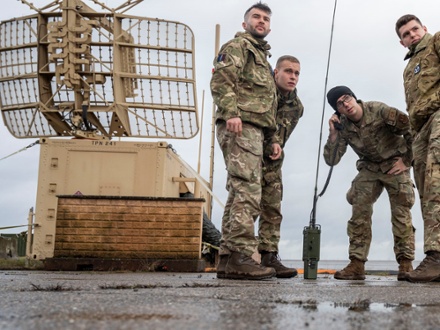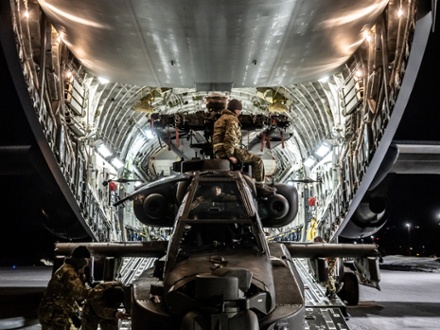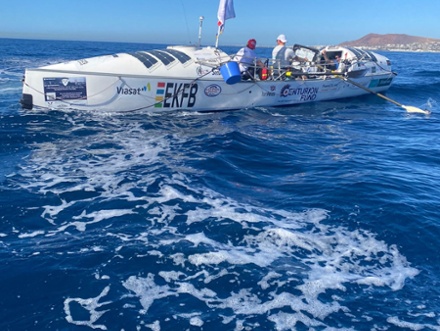A Poseidon P8 Maritime Patrol Aircraft based at RAF Lossiemouth has conducted training with the United States Navy and the Icelandic Coast Guard flying from Keflavik Iceland.

The Poseidon from 120 Squadron, a part of the RAF Poseidon Force, conducted training as part of Exercise Icelandic Falcon. Also taking part was a second P8 flown by the US Navy’s Patrol Squadron 9 (VP-9), the “Golden Eagles”. This squadron is based at Naval Air Station Whidbey Island, Washington on the US west coast.
The RAF objective of the exercise was to continue the development of overseas training by the Poseidon Force as they approach Full Operating Capability. The deployment was also part of the Force’s Agile Combat Employment Capability development. This was demonstrated by the aircraft deploying with 13 aircrew to conduct the sorties and eight ground engineers to maintain and prepare the aircraft.
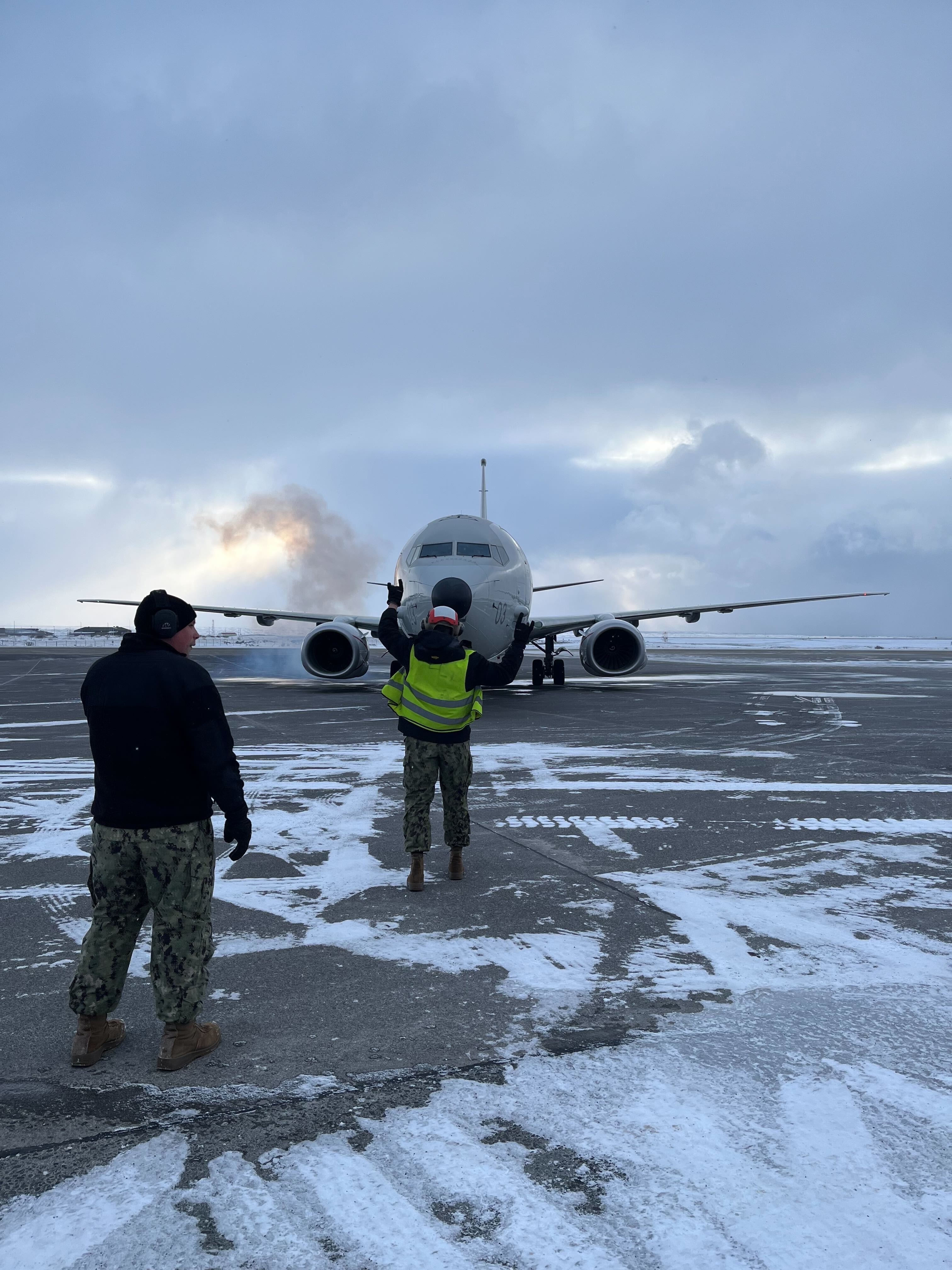
Another element of the exercise was to conduct co-operative Anti-Submarine Warfare (ASW) training with the US Navy who were flying a second Poseidon. The Poseidon sorties were controlled from the Icelandic Coast Guard operated Control and Reporting Centre (CRC) at Keflavik. This CRC is integrated into the wider NATO Air defence system.
“Ex Icelandic Falcon is a high value training event providing the CXX Squadron crew the opportunity to work closely with our Allies in the North Atlantic theatre.
We were excellently hosted by the Icelandic Coast Guard and worked closely with the US Navy to conduct Anti-Submarine Warfare training missions to improve our interoperability and ability to operate in cold climates. The RAF Poseidon engineering team did a great job in ensuring the jet performed as expected throughout the detachment and the air and ground crews gained a huge amount of experience from this deployment."
Squadron Leader ‘Barbs’ Barber
RAF Detachment Commander
Hosted by the Icelandic Coastguard, the exercise allowed co-operative ASW training to improve understanding and interoperability. The exercise also gave an excellent opportunity to train in and gain experience of operating in extreme weather conditions for air and ground crew, with temperatures falling as low as -18C with high winds.
Iceland has no military forces, therefore the country’s Coastguard, besides its original tasks of providing general Coast Guard duties, Search and Rescue services on land and at sea, operates the NATO Iceland Air Defence System which includes an Air Surveillance system of four radars as well as the CRC at Keflavik. This system feeds a Recognized Air Picture into the NATO Integrated Air and Missile Defence System, overseen by the NATO Allied Air Command at Ramstein, Germany.
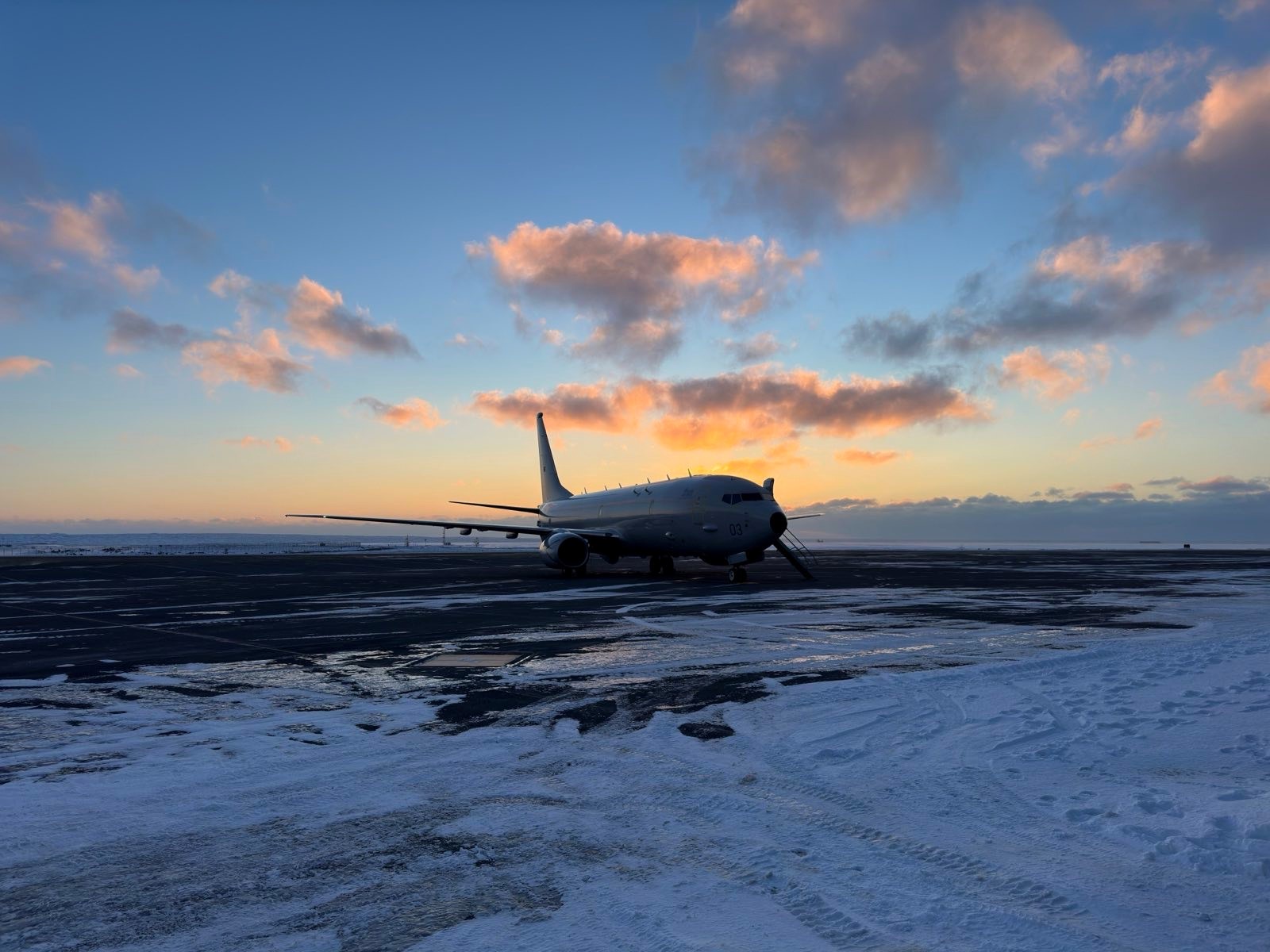
For the 120 Squadron Crew 1, who had deployed on this exercise, in addition to the excellent training, there was also a historical aspect as Keflavik Airbase is the historic “home” of ASW, being a critical base during the Battle of the Atlantic.
During this battle, 120 Squadron became the most successful submarine hunting squadron with a confirmed 14 submarine sinkings together with a further three shared sinkings and eight submarines damaged. The Squadron was therefore one of the key elements that protected the Atlantic Convoys flying from this strategic location that closed what was known as the mid Atlantic air gap.
To recognise this achievement and the historic link to Iceland the squadron badge, approved by His Majesty King George VI in August 1944, consists of an Icelandic Falcon standing atop the Arctic. Today two of the RAF Poseidon aircraft also have names that reflect this historic link with Iceland.

One aircraft, ZP803 (deployed to Iceland for the exercise), is named Terence Bulloch DSO* DFC* to commemorate Squadron Leader Terry Bulloch DSO DFC, the most successful ASW aviator in history and who as a Flight Commander flew from Iceland. On one sortie, in support of convoy HX 217, he earned a Bar to his DSO. The second P8 named to reflect the Iceland connection is ZP804, Spirit of Reykjavík.






